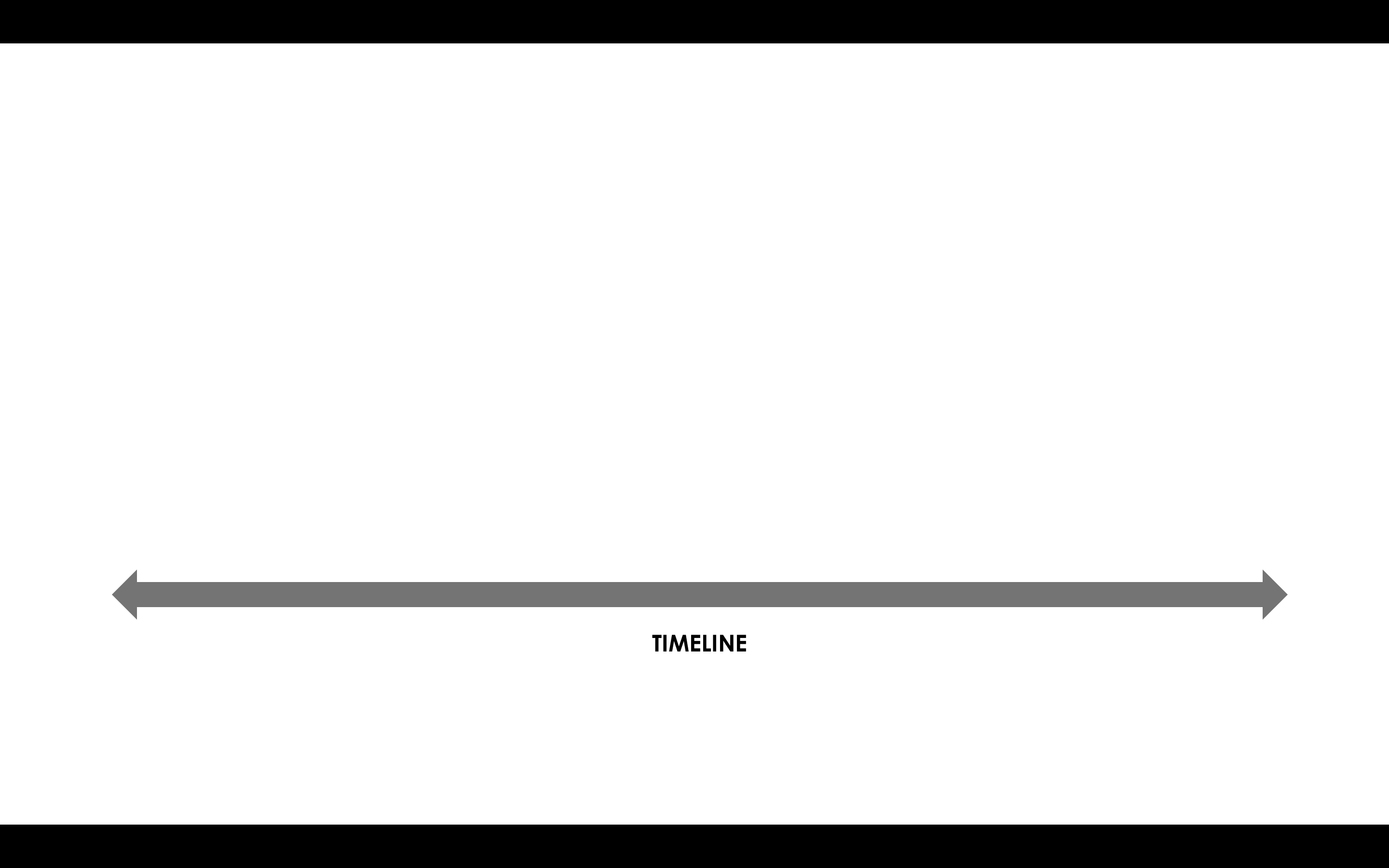Time-windows¶
Summary
- If a transaction includes a time-window, it can only be committed during that window
- The notary is the timestamping authority, refusing to commit transactions outside of that window
- Time-windows can have a start and end time, or be open at either end
Video¶
Time in a distributed system¶
A notary also act as the timestamping authority, verifying that a transaction occurred during a specific time-window before notarising it.
For a time-window to be meaningful, its implications must be binding on the party requesting it. A party can obtain a time-window signature in order to prove that some event happened before, on, or after a particular point in time. However, if the party is not also compelled to commit to the associated transaction, it has a choice of whether or not to reveal this fact until some point in the future. As a result, we need to ensure that the notary either has to also sign the transaction within some time tolerance, or perform timestamping and notarisation at the same time. The latter is the chosen behaviour for this model.
There will never be exact clock synchronisation between the party creating the transaction and the notary. This is not only due to issues of physics and network latency, but also because between inserting the command and getting the notary to sign there may be many other steps (e.g. sending the transaction to other parties involved in the trade, requesting human sign-off...). Thus the time at which the transaction is sent for notarisation may be quite different to the time at which the transaction was created.
Time-windows¶
For this reason, times in transactions are specified as time windows, not absolute times. In a distributed system there can never be “true time”, only an approximation of it. Time windows can be open-ended (i.e. specify only one of “before” and “after”) or they can be fully bounded.

In this way, we express the idea that the true value of the fact “the current time” is actually unknowable. Even when both a before and an after time are included, the transaction could have occurred at any point within that time-window.
By creating a range that can be either closed or open at one end, we allow all of the following situations to be modelled:
- A transaction occurring at some point after the given time (e.g. after a maturity event)
- A transaction occurring at any time before the given time (e.g. before a bankruptcy event)
- A transaction occurring at some point roughly around the given time (e.g. on a specific day)
If a time window needs to be converted to an absolute time (e.g. for display purposes), there is a utility method to calculate the mid point.
Note
It is assumed that the time feed for a notary is GPS/NaviStar time as defined by the atomic clocks at the US Naval Observatory. This time feed is extremely accurate and available globally for free.